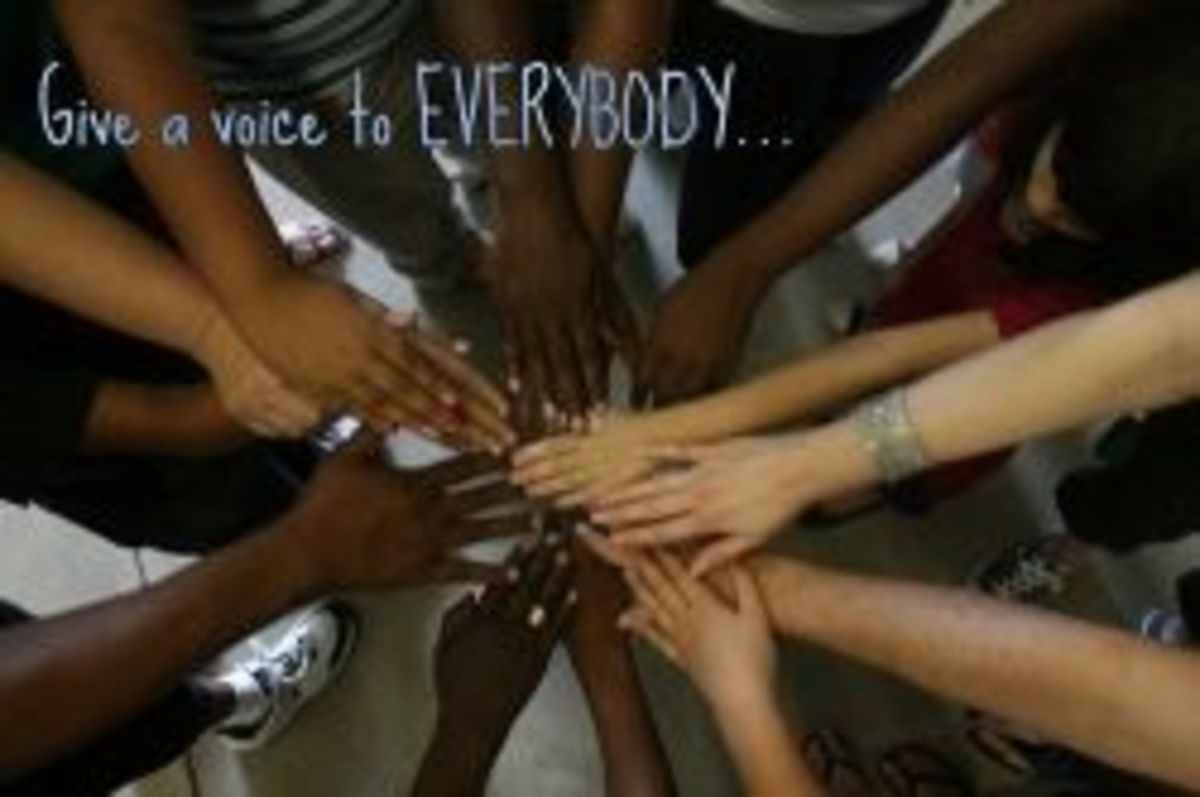How to help your kids navigate through school cliques, inner circles or groups
Once your kid steps into the age of 10 years and above, he has the tendency to look for the right group to plant themselves in. At this stage, social acceptance though this can be perplex.
Children subdivide themselves anchored in shared interests, hobbies and personalities. While a child makes his presence felt in a group it is most likely that the head of the group is the one responsible in determining the members.
There are many types of cliques like the popular, attention getter, nice-looking, smart, cool or the so-called alpha kids, the jocks, the nerds and the rebels.
These types are further subdivided further into sub-cliques. Though they are not like in many aspects, the various kinds of groups have one thing in common, that is, each of these has lure kids who yearns for social acceptance.

The problems with cliques
Majority of the kids at this age are still uncertain about their true sense of identity. As such, these kids will mostly feel insecurity and will crave for constant acceptance.
Kids will be in trouble in a clique or group if the following happens:
Kids reinvent themselves and resort to doing something that is not okay just to please the leader and secure spots in the group.
When clique have unhealthy rules like weight loss, bullying others or saying something not good founded on looks, disabilities or race.
A child is left out in the colds for no reason at all and will feel desolated or rejected.
If your kids found some difficulties in fitting in inner circles here are some tips, pointers, cues or suggestions to help them get by:
- Remind your kid that various groups are already established for a very long time already. Share your own school experiences to your child. Things come and go from time to time and there can be disintegration or shifts in alliances. If a clique will not serve him in good stead encourage him to find another.
- Every time you kid gets angry with you, siblings or friends, tell him these are part of growing and he should know how to keep his emotions at a tender age. Things will be okay sooner or later even without an inner circle to join in. He will learn to figure out how to handle the situation and iron out kinks. This is a good way of handling rejection.
- Purchase some cool stuff for your kid. Instill to him that owning something really good (even for once in a while) can be better. Set aside some budget for this though, and let your kid to purchase the thing that he likes the most. Yearning for social acceptance can easily be eased out if you make it a point that cool stuffs truly matter.
- Let your kid be aware of what the real world really works and looks. Mention that individuals may be judged by the way they look, act or wear their clothes. People who usually doesn’t look nice lack self-confidence and they will try to cover-up for their lapses.
- To handle rally tough moments in school, come up with a home brewed response like, “What’s your problem?”
- You may also let your kids see TV shows and movies or let them that portray people eking out hard victories over rejection. Movies such as Mean Girls, About a Boy, Angus, The Breakfast Club and Clueless are perfect for teenagers. You may also immerse your kids to books like the Blubber by Judy Blume which depicts a story about how easily cliques can change quickly.
- Encourage your kids to engage in extracurricular activities like art class, sports, martial arts, horse riding or any activity that can give your kids the opportunity to whip up another group.
- Help them know that there is life outside of school.
- Invite a range of friends for your kids.
- Foster love and create rock-solid bond with relatives and cousins. This will surely bolster your kid’s confidence and help them recognize the value of self-esteem and sense of right belonging.








